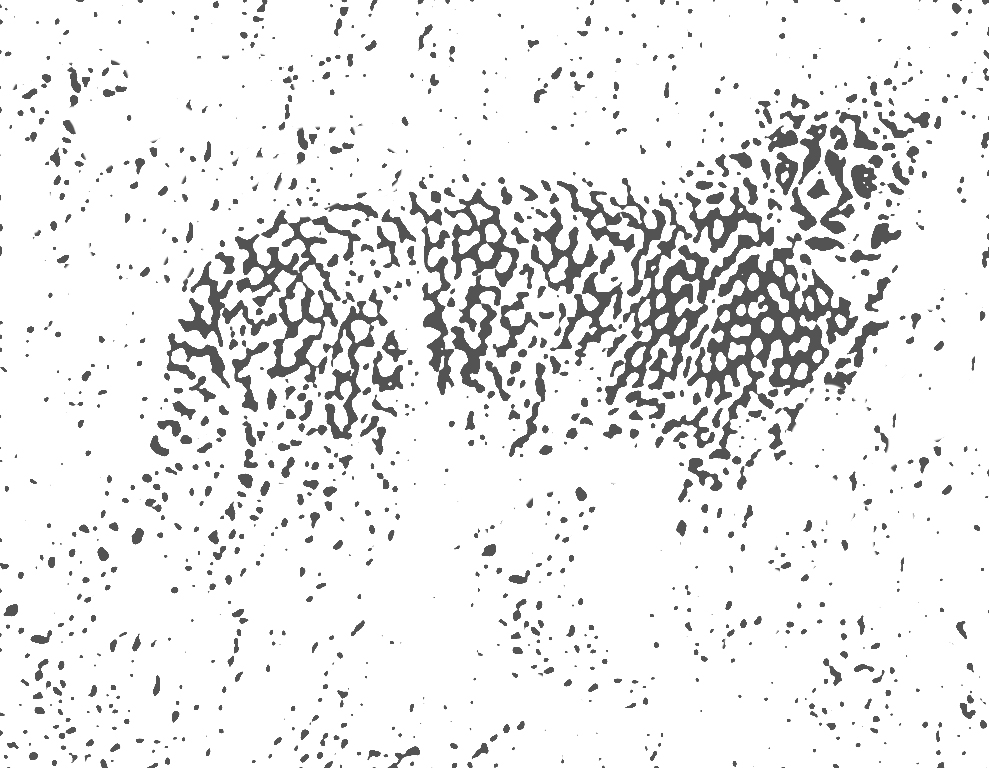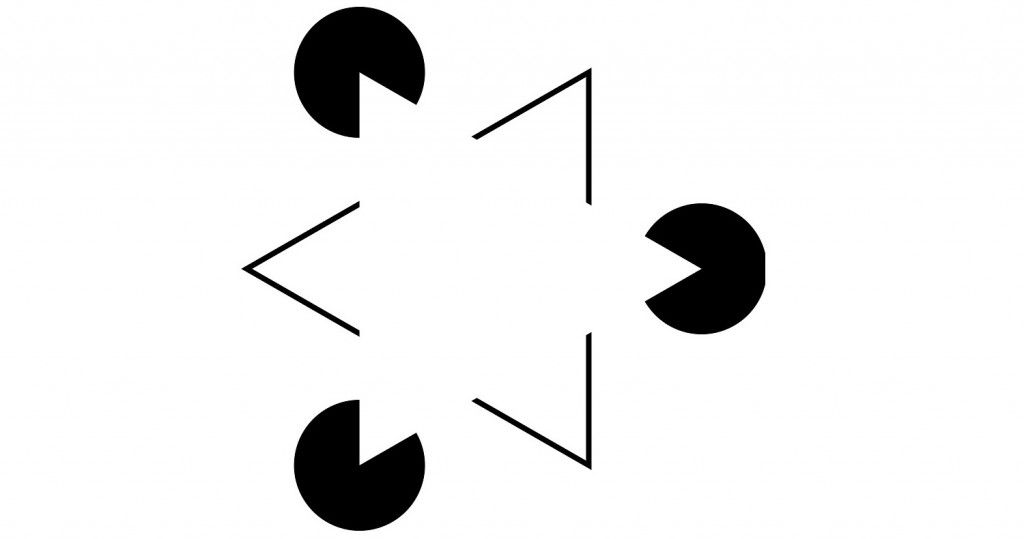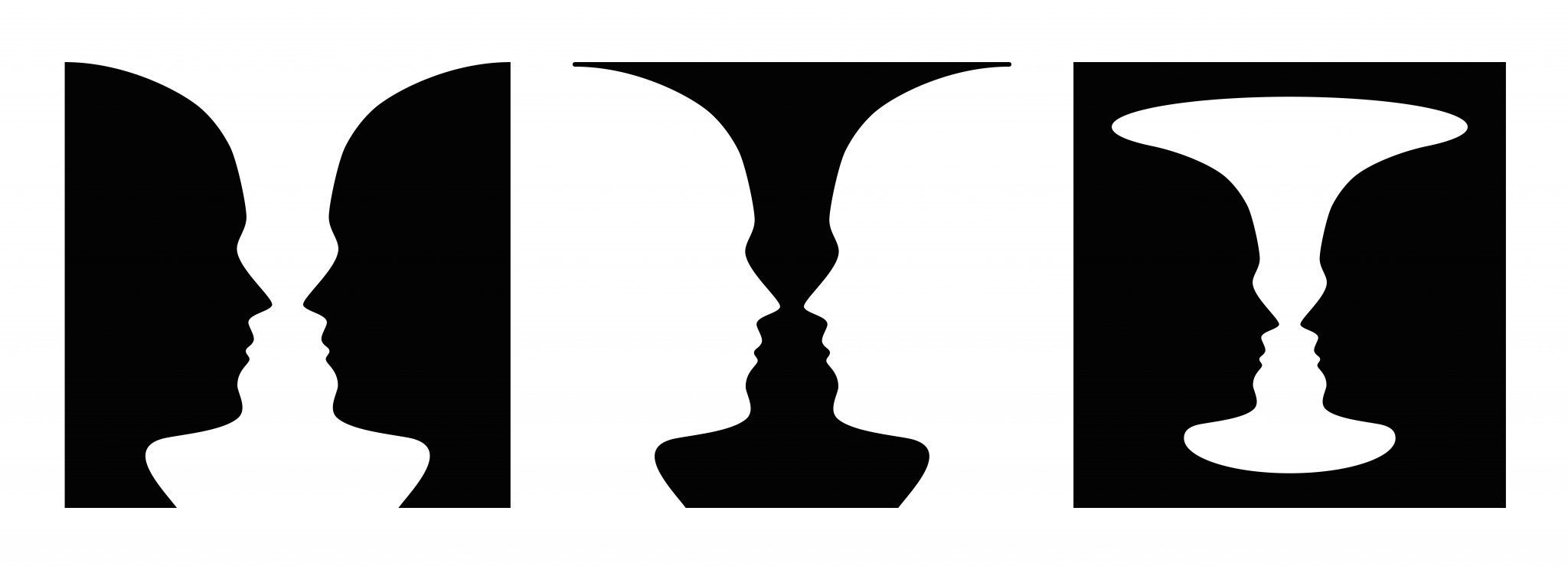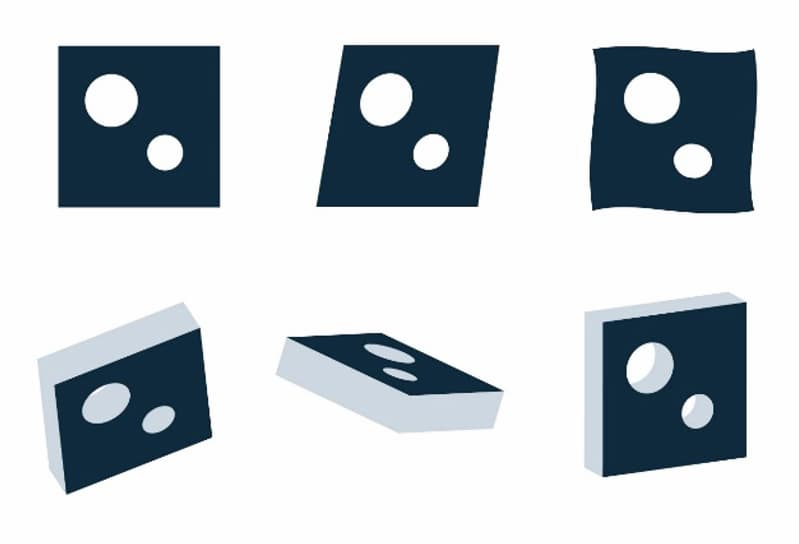Gestalt Laws and their Application in Marketing and Advertising
![]() Pablo Díaz · 18 Mar, 2025 · Email Marketing · 4 min
Pablo Díaz · 18 Mar, 2025 · Email Marketing · 4 min
The Gestalt laws offer an interesting explanation of how people tend to perceive the reality around us through visual stimuli. Let’s explore what Gestalt laws are with examples and delve into their application, especially in advertising and marketing.

What are the Gestalt laws?
Proposed in the early 20th century by German psychologist Max Wertheimer, the Gestalt laws or principles state that visual perception follows the idea that the whole is greater than the sum of its parts, implying that our mind’s associations when viewing something are always influenced by our subjectivity.
Thus, our mind is considered capable of perceiving the world we see beyond what is strictly represented, for example, filling in gaps, associating images and memories, or interpreting shapes and figures that lack meaning by themselves.
This means that our mind will always try to simplify and organize complex images, as it is wired to understand the world this way. This allows us to apply Gestalt principles to graphic design, advertising, and marketing. Since we reduce the environment to forms or groups of elements, we must always consider not only the visual elements separately but also how the whole design is perceived.
Key ideas behind Gestalt theory
Before discussing the laws or principles, let’s review the core ideas from which this theory originated.
Emergence (identifying the whole before the parts)
Emergence is the process of forming complex patterns from simple shapes. When we try to identify an object, we first look for its outline and compare it to shapes and objects we already know to find a match and determine what we are seeing. Only after recognizing the whole (when it emerges) do we begin to identify the parts that make up that whole.
For this reason, when designing, we must keep in mind that viewers will first identify the general shape and only later examine the details. A well-defined simple object will communicate more quickly than a detailed object with a difficult-to-recognize outline.

Reification (our mind fills in the gaps)
Reification is an aspect of perception in which the object we perceive has less spatial information than the mental pattern we have stored in memory, which allows us to identify that object.
In other words, when we try to match what we see with the patterns stored in our memory, there is not always an exact match. Instead, we find the closest match and fill in the gaps of what we believe we are seeing to create a complete sense.
Reification suggests that we do not need to present the complete outline for viewers to recognize it. We can omit parts of the contour as long as we provide enough information for a sufficiently close match.

Multistability (the mind seeks to avoid uncertainty)
Multistability is the tendency, in ambiguous perceptual experiences, to switch between alternative interpretations. Some objects can be perceived in more than one way. We’ve all seen the famous illustration by Danish psychologist Edgar Rubin, where one can see either two faces in profile or a vase.
You cannot see both at the same time. Instead, you quickly switch between the two stable alternatives. One will tend to be your dominant perception, and the longer you go without seeing the other, the harder it will be to perceive the alternative.

Invariance (we are good at recognizing similarities and differences)
Invariance is a property of perception in which simple objects are recognized regardless of their rotation, translation, or scale. Since we often encounter objects from different perspectives, we have developed the ability to recognize them despite their changing appearance.
Imagine how ridiculous it would be if you could only recognize people when they are facing you directly and no longer recognized them if they turned sideways. Even though their appearance “changes” due to a different perspective, we can still recognize people.

You can see these ideas in action in the principles below. The main idea is that Gestalt principles are about perception and what objects visually communicate. These principles define the core of the visual language within which we work.
Application to Advertising and Marketing
The way a company can “manipulate” the audience’s visual perception reaches almost infinite levels based on these foundations. Specifically, the application of the law of Prägnanz in advertising is quite common, as seen in multiple logos and brand images.
The great advantage of using these laws lies in the possibility of conveying messages or suggesting concepts to the consumer by leveraging these peculiarities of perception. With proper design and a good dose of creativity, you can evoke almost anything in the audience’s mind.
Conclusion
The Gestalt laws explain how our senses deceive us, and their application in advertising shows that you can take advantage of these perceptual tendencies to add value and impact to your marketing campaigns.




